Qian Qian (a pseudonym), 33, is a white-collar worker in the Internet industry, and her career is on the rise, so she went to work soon after giving birth and had no time to take care of her health.
Recently, Qian Qian and her husband have also been unhappy.
The thing is, Qian Qian and her husband always heard the sound of "poof, poof, poof" when they were doing things a few days ago, which made them particularly embarrassed. In the end, they lacked interest and made a hasty decision. They slept with their backs to each other and didn’t talk again that night.
From that day on, they didn’t take the initiative to mention it, but Qian Qian’s heart was very concerned, and she came to the postpartum rehabilitation department of the hospital for help. The doctor on duty gave her a pelvic floor examination and told her:"This is the phenomenon of’ negative blowing’ caused by pelvic floor dysfunction.

Blowing in the shade means that due to the change of pressure, there is an airflow rushing out of the private parts of women, accompanied by a sound similar to fart. If women have "vaginal blowing" after childbirth, it may be accompanied byPelvic floor dysfunctionThe problem.
When women are pregnant and giving birth, the gravity on the pelvic floor increases.Hormone level changeandInjury caused by childbirthUnder the combined action of many factors, the muscle strength of pelvic floor muscles decreases, which affects the function of pelvic organs and causes a series of typical symptoms, includingUrinary incontinence, fecal incontinence, sexual dysfunctionWait, this is "pelvic floor dysfunction".
Relevant data show that women who have no symptoms of urinary incontinence after the first delivery,There is still a 19% chance of urinary incontinence five years after delivery.; And women who have urinary incontinence within three months after the first delivery,The probability of urinary incontinence five years after delivery is as high as 92.%。

Pelvic floor dysfunction not only causes urinary incontinence, but if women can’t recover pelvic function in time after delivery, their body function will continue to decline with age.The probability of chronic pelvic pain, organ prolapse, uterine prolapse, anterior and posterior vaginal wall bulging, sexual dysfunction and other problems will also increase.Especially after menopause, the level of estrogen drops, which is more prominent.
Epidemiological investigation shows that middle-aged and elderly women in some areas of China,The prevalence of pelvic floor dysfunction is as high as 30% ~ 50%, and the older you are, the higher the incidence is.. If you suspect that you have pelvic floor dysfunction, you can first make a simple self-test through the following 10 descriptions:
1, hip, coccyx and waist had a history of falls;
2. There is a feeling of falling in the pelvic cavity, or the pelvic organs fall off and slide out;
3, urinating more than twice a night;
4. Pain in pelvic area, including hip, coccyx, lower waist, pubic symphysis, bladder area, etc.
5. During the menstrual period, there is discomfort or involvement in the lower abdomen;
6. Discomforts in the urinary system, such as urgency, frequent urination, urinary incontinence, slow urine flow, endless urine, and urination;
7. Discomforts in defecation or rectum, such as irregular defecation, long-term constipation, nervous or painful defecation, endless defecation, feeling bowel prolapse during defecation, and long defecation time;
8, sedentary will increase discomfort;
9. Feel pain and discomfort in sexual life, or aggravate other discomfort symptoms;
10. You need to hold up the swollen part of the vagina with your fingers in order to urinate smoothly.
In the above description,If three or more items are met.Then there is likely to be pelvic floor dysfunction, so it is recommended to go to the hospital as soon as possible.Professional evaluation of pelvic floor dysfunctionThe examination includes: special test, external genital examination (observation of perineum and sensory test, functional test, internal diagnosis, pelvic floor muscle pressure evaluation, etc.

When it comes to pelvic floor muscle exercise, many people know Kegel exercise, but the American Journal of Obstetrics and Gynecology points out that more than half of people do Kegel exercise incorrectly, and 25% of them make mistakes in exertion, which adds extra pressure to muscles and aggravates symptoms.
The correct steps of Kegel’s movement should be like this:
① Attention should be paid to emptying the bladder before the activity, and beginners can lie flat on the bed to finish it.
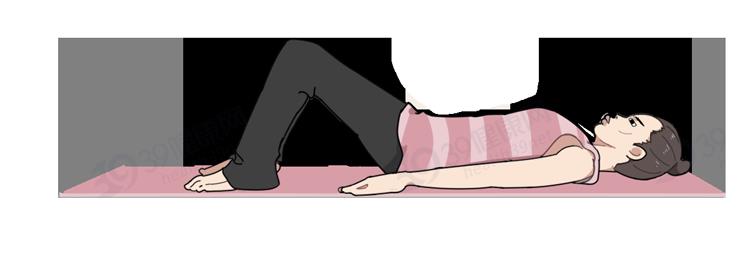
② Tighten the pelvic muscles and keep them for five minutes.
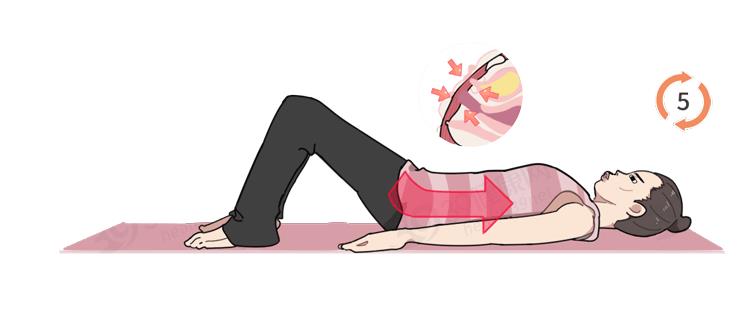
③ Then relax the pelvic muscles for 10 seconds.
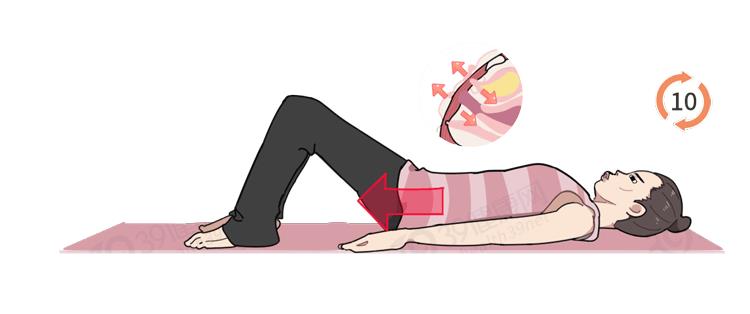
Repeat the tightening and relaxing movements for 10 times as a group, and do 3~5 groups every day to achieve the training purpose.
of course,Those with good physical fitness can also make an advanced version.Lie flat with your legs apart, your knees bent and your feet flat on the ground. When searching for pelvic floor muscles, lift your hips and hold on for 10 seconds, then slowly lower your hips and relax the pelvic floor muscles, and do it ten times.
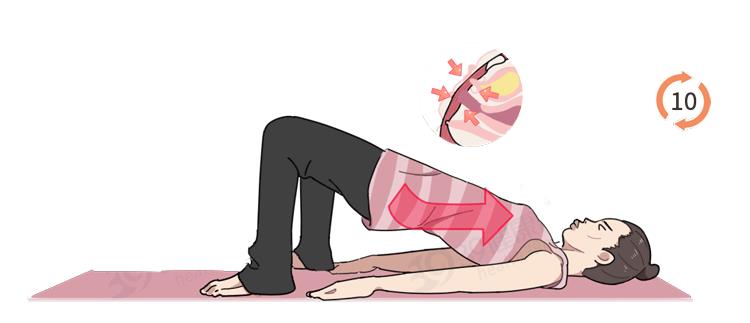
During Kegel exercise, you don’t need to hold your breath during the whole process, just breathe normally. In addition, the pelvic floor muscles will be "used in and discarded", so even if the pelvic floor muscles recover, it is recommended to continue regular exercise.
If Kegel exercise doesn’t work for you, don’t lose heart. There are still mature treatments in clinic, such as:
1, bioelectrical stimulation
Low-frequency electrical stimulation of vagina and abdominal wall can promote passive contraction of pelvic floor muscles, and each treatment lasts about 30 minutes, which is painless and non-invasive, and can make personalized treatment plan according to the patient’s situation.
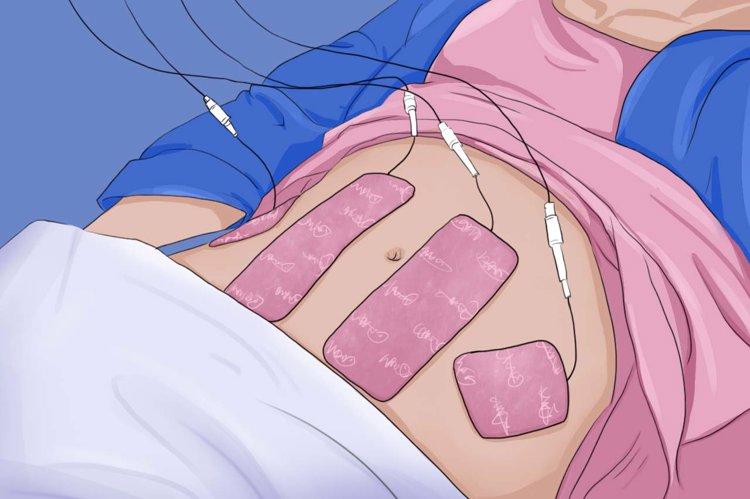
2. CO2 lattice laser
Stimulate the growth of fibroblasts and new blood vessels on the inner wall of vagina, promote the proliferation of collagen, make the inner wall thicker and more elastic, which is suitable for patients with mild symptoms, milder than surgery and shorter in time, and each treatment lasts for 5~6 minutes.
3, high intensity focused electromagnetic
Similar to bioelectricity stimulation, it uses human neurobioelectricity to stimulate pelvic floor muscles to contract, with more accurate focusing effect, stronger penetration and wider and deeper stimulation range.
4. Surgical correction
Using "patch material" to correct the displaced pelvic prolapse organs and reduce the pressure on pelvic floor muscles is suitable for patients with serious symptoms and ineffective other treatments.

After women are pregnant, have children and get old, the pelvic floor muscles will relax more or less. If there are unwell symptoms, it is recommended to go to the hospital as soon as possible for examination and active treatment.
References:
[1] Yang Shuli. Ultrasonic observation on the effect of different delivery methods and pelvic floor rehabilitation training on postpartum pelvic floor function [D]. Xinxiang Medical College.
Li Chi Ngai, Zhu Lan. Epidemiological status of female stress urinary incontinence [J]. Journal of Practical Obstetrics and Gynecology, 2018, 34: 161-162.
Xu Tao, Liu Kangsheng, Luo Huihua, Li Zhongying, Sun Xiaomin. Research progress in physical therapy of female pelvic floor dysfunction [J]. Journal of Reproductive Medicine, 2023,32(02):296-300.
[4]Bump, R. C., Hurt, W. G., Fantl, J. A., & Wyman, J. F. (1991). Assessment of Kegel pelvic muscle exercise performance after brief verbal instruction. American journal of obstetrics and gynecology, 165(2), 322–329
Reprinting is prohibited without the permission and authorization of the author.